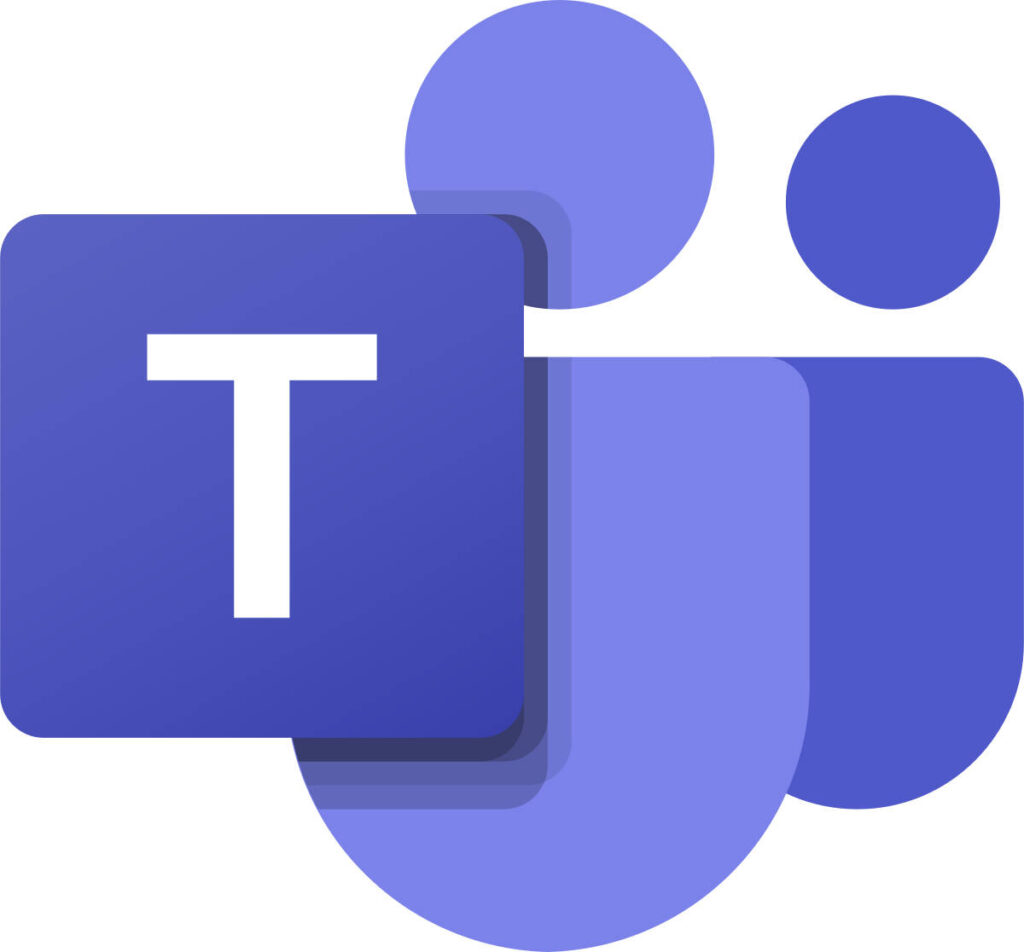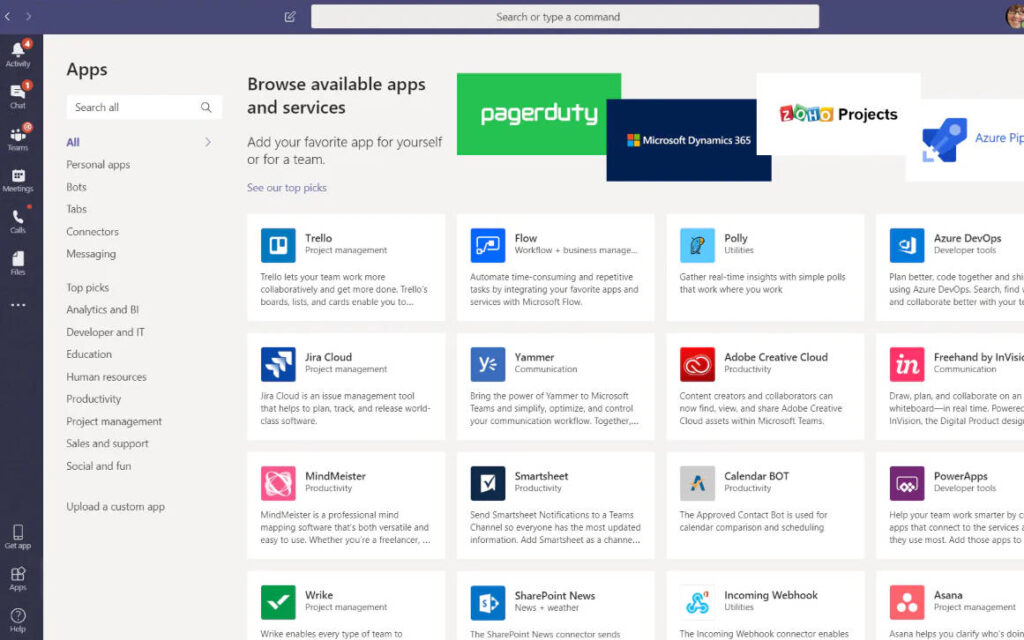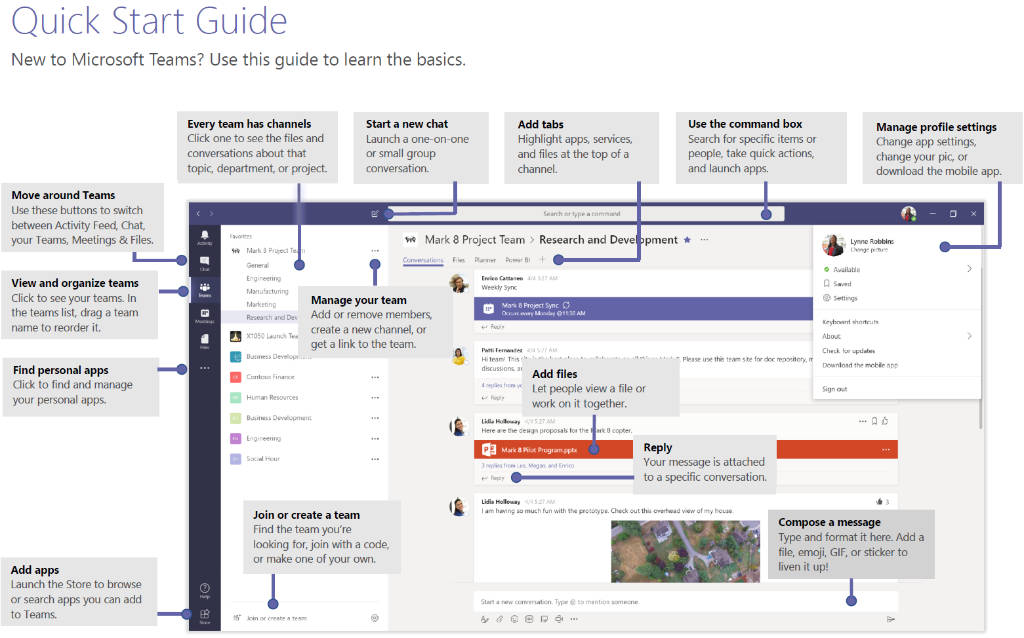
Above: A promotional graphic for Teams from Microsoft.
BitDepth#1279 for December 10, 2020
The online buzz in pandemic communication has been around Zoom, which has enjoyed a colourful and often frustrating rise in use in 2020 after covid19 prompted lockdowns resulting in a reorientation to school and work from home.
But the quiet success story and lasting triumph of groupware and collaboration to emerge from a year of forced online collaboration is Microsoft’s Teams.
Teams was launched in 2017 (reviewed here) as a direct competitor to Slack, then the reigning groupware technology.
If you’re wondering where the previous champion of free video calling, Skype was in this tussle, you used some of its technology in Teams.
Microsoft bought Skype in 2011, migrating its open peer-to-peer client-server architecture to Microsoft’s servers.
The company killed its own video conferencing tools, Live Messenger and Lync in favour of Skype technology, and has largely let the stand-alone service languish in favour of its own implementations, which increasingly centred on Teams.
At first, Microsoft was timid in its approach, limiting Teams use to existing Office 365 subscribers.
That restriction was soon dropped and a full-on challenge was soon underway. In July 2018, a free and open tier of Teams was released that supported small collaboration groups.
Teams soon outstripped the user-base of Slack, which never outgrew its developer-centric origins and relied on a somewhat arcane suite of keyboard triggers that didn’t align well with the cursor preference of general users.
According to Federico Muller, Modern Workplace Specialist with Microsoft, Teams is now logging 75 million daily active users.
Muller, in a conference call on October 28, said, “The workday has expanded by 40 minutes during the pandemic era and workplace analytics can help businesses understand how people are working.”
The numbers that Microsoft reports on use of the Teams platform are certainly staggering.
In April, Microsoft logged more than 200 million Teams meeting participants in a single day, generating more than 4.1 billion meeting minutes.
Teams participants doubled their use of cameras during the pandemic. Video calls increased 1,000 per cent in March.
Part of that growth was fueled by Microsoft’s decision in March to beef up the free version of Teams for six months with tools normally only available in the paid version.
Microsoft declined to disclose conversion numbers for those new free users to the paid service by the end of the trial period.
The company has also registered stunning growth in the education sector. In 2017, Microsoft shuttered Classroom in favour of Teams, and now reports 183,000 Microsoft Teams for Education deployments in 175 countries.
Trinidad and Tobago’s Ministry of Education has a contract with Microsoft to provide Office 365 for free student use, explained Dennis Franco, Communications Manager for Microsoft in the South and Caribbean.
Microsoft also has 19 agreements in Latin American nations to provide the service for education.
he product continues to evolve in response to heavy demand during the pandemic.
In October, Microsoft added the ability for meeting organisers to end meetings and download participant reports, both requested by education users.
The successes of groupware during the 2020 pandemic have come down to accessibility and rapid adaptation.
The largest digital transformation change in this century was forced, not designed, and the most successful tools have been those that adapted quickly to user needs.
Teams succeeded because it was a secure, reliable and familiar platform.
According to Muller, its strengths were: “Task management, implementing a hierarchy of information access, creating content simultaneously and in real time.”
Equally high on Microsoft’s agenda are the demands of education, which Muller described as “Challenges of remote learning, modifying class to remote format, ensuring that students are able to pay attention and learn, challenges faced by teachers and students resources, challenges for parents in supporting the teaching process.”





